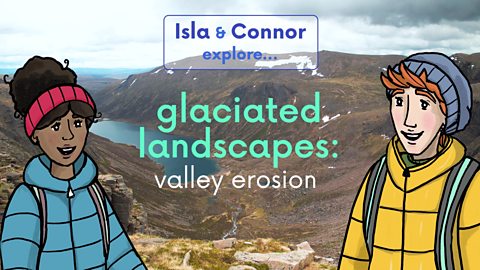What is tectonic movement?
The Earth's surface is made up of different pieces called tectonic plates. The movement of these plates can change landscapes.
In this article you can learn about:
- What tectonic plates and fault lines are
- How a fold mountain is formed where tectonic plates meet
- How tectonic movement causes earthquakes
- Wildlife in Scotland's Great Glen
This article is suitable for Landscapes topics for primary school learners.
Video - Tectonic plate movement
Join Isla and Connor as they explore features of tectonic movement along the Great Glen Way.
Watch this short video to find out about tectonic movement.
ISLA: Loch Lochy! I think they ran out of ideas when they named this place. Great starting point for our walk along the Great Glen Way today!
Good job I brought snacks! We’ll need them. The Great Glen way is 125km long, carved out by a glacier 10,000 years ago.
CONNOR: Woah, we’re not walking ALL of it are we?
ISLA: Not in one day at least!
What?
CONNOR: Look Isla! A red deer! They’re the largest deer in Scotland.
There it is - and a pine marten! Amazing, pine martens are quite rare, we’re lucky to see one.
ISLA: I did some reading before we came, did you know that the mountains and hills along the Great Glen Way were originally part of the same mountain range as the Appalachians in Canada?
CONNOR: But there’s a whole ocean between Scotland and Canada!
ISLA: Well, there wasn’t always. Look.
The land on Earth is made up of different pieces called continents. The whole world used to be joined in one supercontinent called Pangaea.
The Earth's hard outer layer (where we live) is called the crust. It is made up of large slabs called tectonic plates. The plates fit together like jigsaw puzzle pieces far beneath our feet.
Tectonic plates move - usually very slowly - and this broke Pangaea up into separate parts, eventually creating the continents and places we recognise today.
Scotland - and The Great Glen - lie on the Great Glen fault. A fault is where two tectonic plates meet. The other half of this one is in Canada!
CONNOR: So Scotland and Canada were once joined together. That’s mind-blowing!
ISLA: Right?
CONNOR: But what about the hills and mountains? How were they made?
ISLA: Well, fold mountains like these are created where two or more of Earth's tectonic plates are pushed together.
At these boundaries, rocks and debris are warped and folded into hills, mountains, and entire mountain ranges. That’s why they’re called fold mountains.
These mountains are very, very old now - and they’re smaller than the fold mountains that are still growing - like in South America’s Andes, or the world’s tallest mountain, Everest, in the Himalayas in Asia.
CONNOR: Woah.
Well, I still think these are pretty impressive!
ISLA: Here’s Urquhart Castle! Photo?
Nice one!
CONNOR: Couldn’t take a bad photo of Urquhart Castle and Loch Ness.
ISLA: Nearly at the end of the Great Glen Way now.
Look up Connor!
CONNOR: No way! A golden eagle! What a bird.
Er…did you see that Isla?
ISLA: Are you Nessie spotting now Connor?
What are tectonic plates?
- Our planet, Earth, is made up of different layers. The hard outer layer is called the Sorry, something went wrongCheck your connection, refresh the page and try again..
- The Earth's crust is made up of large slabs called Sorry, something went wrongCheck your connection, refresh the page and try again..
- These plates fit together like jigsaw puzzle pieces.
- Tectonic plates move around very slowly and this movement changes the landscape around us.
Continents and Pangaea
How many continents are there?
- Land on Earth is made up of different pieces called Sorry, something went wrongCheck your connection, refresh the page and try again.. These large areas of land are surrounded by sea and contain lots of different countries.
- The seven continents are Asia, Africa, North America, South America, Antarctica, Europe and Australia.
- All these continents used to be joined together in one supercontinent called Pangaea.
What is Pangaea?
- Over time, the movement of tectonic platesLarge slabs that fit together to make up the Earth's crust. broke Pangaea up into different parts, creating the continents we know today.
- The breaking up of different continents means that some of the same features of landscape, like mountain ranges, can be found on different continents.
- For example, the mountains and hills along the Great Glen Way in Scotland were originally part of the same mountain range as the Appalachian Mountains in Canada.
How are fold mountains formed?
- Fold mountains are created where two or more of Earth's tectonic platesLarge slabs that fit together to make up the Earth's crust. are pushed together.
- Where the plates meet, rocks and debris are warped and folded into hills, mountains, and entire mountain rangeA series of hills or mountains that have formed close together. .
- The movement is so slow that it takes thousands of years for fold mountains to form.
- Examples of fold mountains include the Andes in South America, the Alps in Europe and the Himalayas in Asia.
Slideshow - Fold mountains around the world
This slideshow shows examples of fold mountains around the world.

Image caption, Meall na Teanga, Scotland
Meall na Teanga is one of the two fold mountains at Loch Lochy, alongside Sròn a' Choire Ghairbh. They were created when tectonic plates were pushed together on the Great Glen fault. (Andy Sutton / Alamy Stock Photo)
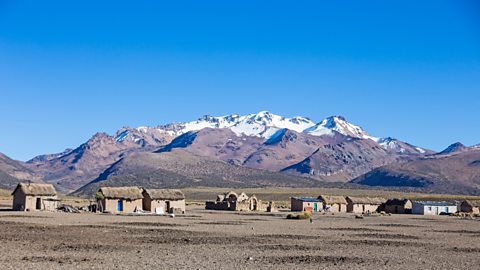
Image caption, Andes, South America
The Andes mountains in South America are the world's longest mountain range running for over 7,000 kilometres. They were formed when two tectonic plates met and one plate was pushed up in this movement, creating the fold mountains. (Toniflap / Alamy Stock Photo)
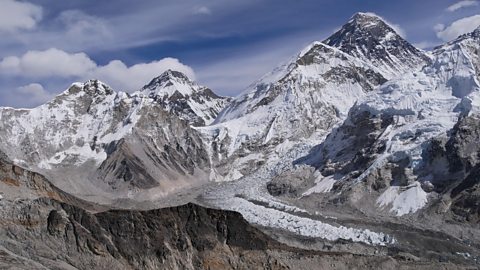
Image caption, Mount Everest, Himalayas, Asia
Everest is the tallest mountain in the world. It was formed millions of years ago when the Indian and Eurasian tectonic plates collided. (Timon Schneider / Alamy Stock Photo)
1 of 3
What causes earthquakes?
When two tectonic plates move against each other, this can cause an earthquake along the fault lineWhere two or more tectonic plates meet. This could also be called a plate boundary..
In this video, Isla and Connor finish their journey along the Great Glen Way in Inverness, where they find out about earthquakes.
Watch this short video to find out what causes earthquakes.
CONNOR: Can we see the map again Isla?
There’s Inverness Castle. This is the end of the Great Glen Way.
ISLA: Yes, on the Great Glen Fault. Did you know that Inverness Town Steeple was damaged by an earthquake in 1816? When two tectonic plates move against each other this can cause earthquakes along the fault line where the movement takes place.
The Earth is made up of different layers and the crust (which is the part we can see, together with the upper layer of mantle or rock) forms the tectonic plates.
Some plates slide past each other, others move away from each other and some bump into each other. Where they meet is called a plate boundary or a fault line.
As plates carry on moving in different directions over long periods of time, friction causes them to get stuck. The pressure of the plates trying to move builds up. Eventually there is so much pressure that the plates suddenly move, creating an earthquake.
Don’t worry! Any earthquakes over the Great Glen Fault today are usually so small they go totally unnoticed.
CONNOR: Phew!
Wildlife of the Great Glen
Learn more about some of the wildlife Isla and Connor spotted along the Great Glen Way.
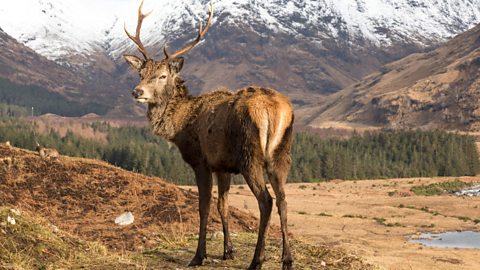
Image caption, Red deer
The red deer is Scotland's largest deer. Wild red deer can be found on moorland and mountainsides. (Rob Carter / Alamy Stock Photo)
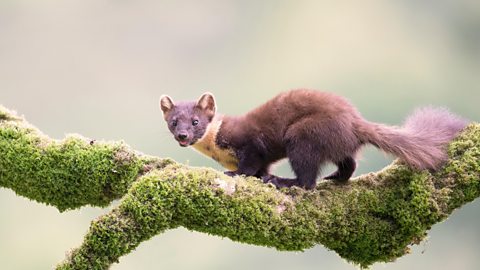
Image caption, Pine marten
Pine martens are an endangered species found in Scotland and Northern England. They are great at climbing so they like to live in woodlands where they can forage for birds, insects and fruit in trees. (Ron McCombe / Alamy Stock Photo)
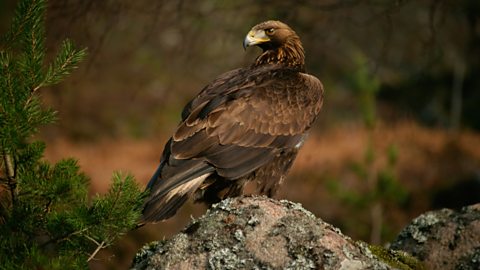
Image caption, Golden eagle
The golden eagle is a huge bird of prey. It is a rare bird but can be sometimes found in Scotland's mountains and moorlands. (Robert Harding / Alamy Stock Photo)
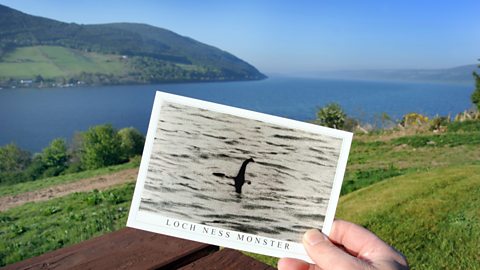
Image caption, Loch Ness monster
The Loch Ness monster, also known as Nessie, is a mythical creature that some people believe lives in Loch Ness. It might be make-believe but it is a fun story for people to tell and attracts tourists from all around the world who want to catch sight of the creature. (Rosemary Roberts / Alamy Stock Photo)
1 of 4

Key words about tectonic movement
- continents - A large piece of land of the Earth's surface surrounded by sea. In the UK, we are on the continent, Europe.
- Pangaea - A supercontinent made up of all the world's land masses before they were broken up into the different continents we recognise today.
- crust - The outer layer of the Earth. The crust is the solid rock layer upon which we live.
- mantle - The layer beneath the Earth's crust. In the upper parts of the mantle the rock is hard, but lower down the rock is soft and beginning to melt.
- tectonic plates - Large slabs that fit together to make up the Earth's crust.
- fault - Where two or more tectonic plates meet. This could also be called a plate boundary or fault line.
- fold mountain - A mountain that has formed where two or more of Earth's tectonic plates have been pushed together.
- mountain range - A series of hills or mountains that have formed close together.
- earthquake - A sudden movement of the Earth's crust caused when pressure builds up between tectonic plates over long periods of time.
- friction - A force of resistance between two surfaces that are moving across or against each other. Tectonic plates move in different directions over long periods of time and friction causes them to get stuck.
Test your knowledge
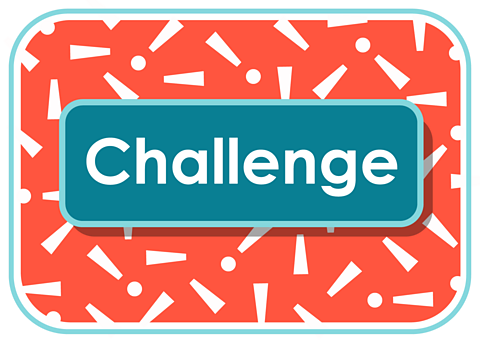
Draw a diagram of the Earth's layers.
In this article, we learned about the Earth's crust and how it is divided into different slabs called tectonic plates.
The crust is the outer layer of Earth but there are lots of other layers underneath. Can you research the different layers and draw a diagram clearly displaying them?
Here's a clue: the Earth has four main layers.
Earth's layers
More on Landscapes
Find out more by working through a topic
- count12 of 25
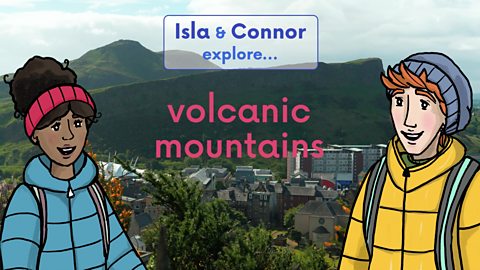
- count13 of 25

- count14 of 25
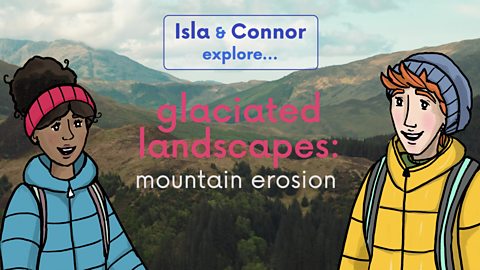
- count15 of 25
